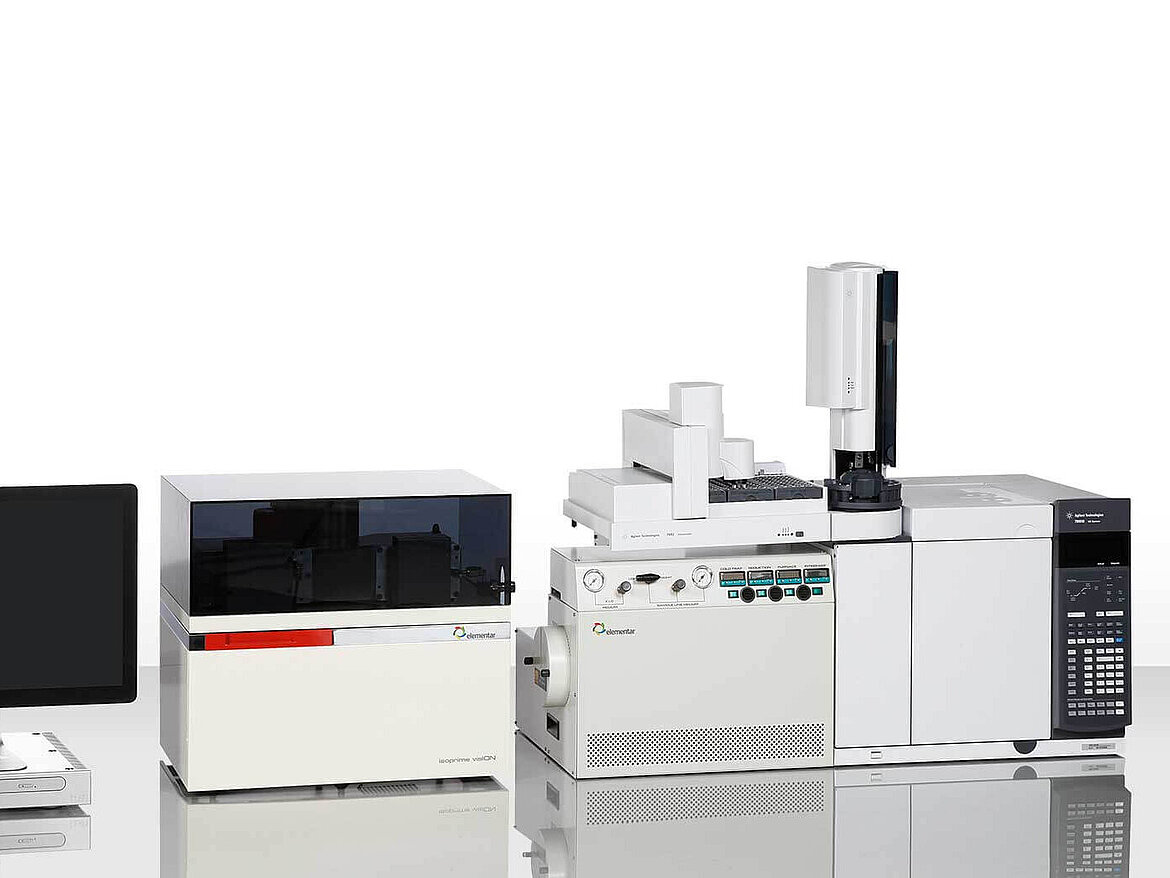Doping analysis
The instinct for man to compete against his peers dates back to the earliest times, and so does the temptation to gain a competitive advantage by unfair means. Today, this unfair advantage can come in many forms, but enhancing performance by chemical means is one of the most sophisticated and hardest to detect. With a responsibility to the public to ensure fair competition, as well as to maintain the health of the athletes themselves, authorities must use the highest performance cutting-edge technology for doping analysis to detect and enforce the principle of clean competition.
Stable isotope analysis provides a unique tool for determining whether an athlete has used performance enhancing drugs or if they simply benefit from a natural capacity for high performance. The World Anti-Doping Agency has declared that stable isotope analysis is a mandatory technique for doping analysis in sports, but similar principles can also be applied to the detection of steroid abuse in cattle.
Detecting synthetic steroids
The application of synthetic forms of endogenous anabolic androgenic steroids by an athlete is known to boost that athlete’s performance. This is unfair and so must be detected by means of a doping analysis (urinary analysis). GC/C/IRMS has been approved by the World Anti-Doping Agency (WADA) as the official method for detecting this doping procedure and is laid out in WADA Technical Document TD2022IRMS.
GC/C/IRMS for highest sensitivity in doping analysis
Gas Chromatography (GC) / Combustion (C) / Isotope Ratio Mass Spectrometry (IRMS) requires the very highest sensitivity to be able to detect the smallest levels of steroid abuse whilst offering analytical robustness that ensures that the sample analysis is consistently successful, especially during major sporting events. Our AnthrovisION GC/C/IRMS system provides exceptional levels of performance for the most demanding situations.
Powerful data processing in doping analysis
Our lyticOS® Software Suite provides a number of powerful features for the anti-doping laboratory. All data processing is done within lyticOS® which means that all data processing can be traced back to the original instrument data. Our Peak Mapping algorithm is able to automatically detect isotope standards such as USADA-33 and USADA-34 and automatically apply an isotope calibration. Finally, our Calculated Columns functionality is able to automatically calculate Endogenous Reference Compound (ERC) and Target Compound (TC) combinations and flag them as lying outside the permissible ranges.

